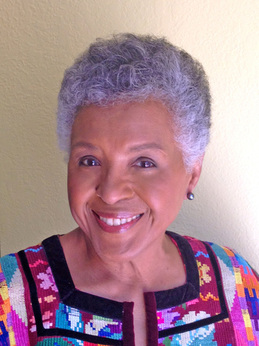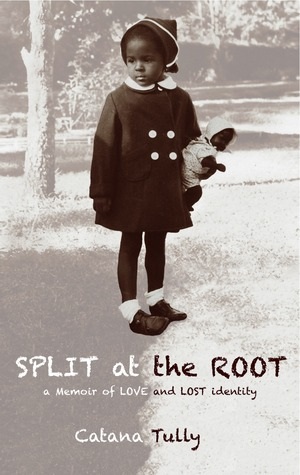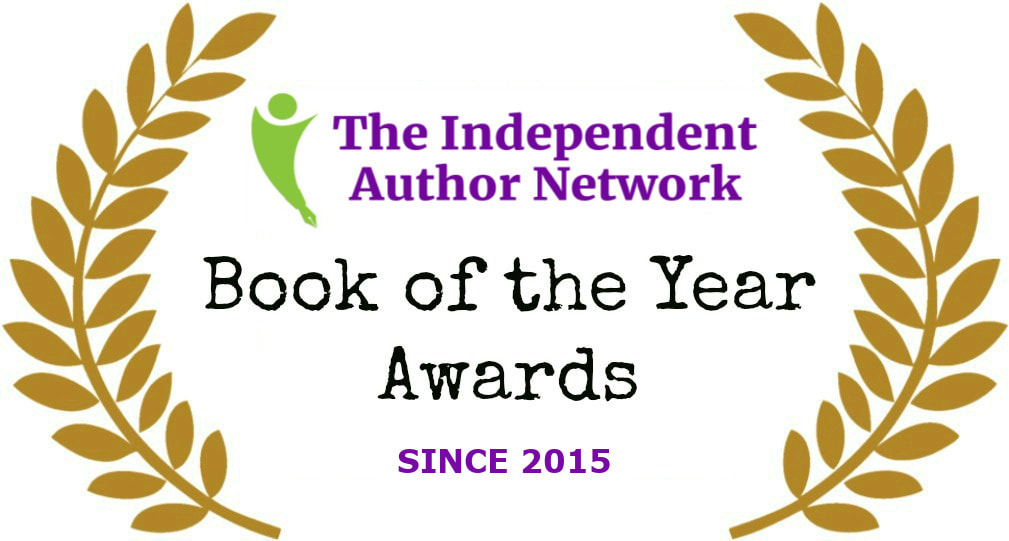Catana Tully
|
Catana Tully grew up trilingual (German, Spanish, English) in Guatemala where she attended elementary and middle school. In tenth grade she entered a boarding school in Jamaica, WI and received her Advanced Level Higher Schools Certificate from Cambridge University, England. Expecting to become an international interpreter, she continued her studies at the Sprachen und Dolmetscher Institut in Munich, Germany. However, she was called to work in a play and discovered her affinity for the dramatic arts. She became the actress and fashion model Catana Cayetano and appeared in Film and TV work in Germany, Austria, and Italy. In Munich she met and married the American actor Frederick V. Tully and ultimately moved to the United States. They have a son, Patrick. In Upstate New York, she completed the BA in Cultural Studies, an MA in Latin American and Caribbean Literature, and a DA (doctor of Arts) in Humanistic Studies. She held the position of tenured Associate Professor at SUNY Empire State College, from which she retired in 2003. She returned in 2005 for part time work in ESC’s Center for International Programs, where she served as Mentor and instructor in the Lebanon program, and as Interim Program Director for the Dominican Republic. In 2011 she retired completely to dedicate herself to publishing Split at the Root. She is currently preparing an academic version discussing the psychological issues imbedded in the memoir.
|
Split at the Root: A Memoir of Love and Lost Identity
Memoir, Autobiography
Through the years I was often encouraged to tell the story of my ‘fairy tale’ life. However, not until reaching my late forties, when I became increasingly at odds with myself, did I discover that what seemed magical to others was not necessarily so. Eventually, I discovered issues more important than details of my life I needed to share with a larger audience. The central theme of my book addresses ethnic misplacement due to having been raised within a culture and among a people different to my own. I have structured the story chronologically to reveal layers of great privilege and simultaneous disinheritance. Unlike any adoption memoir, in this story the issues of the adopted child surface much later in life. The first obvious market for this book is older exotic children who were adopted into mainstream White culture in the US and Europe where interracial adoptions have become a popular phenomenon. However, the concerns should be of great interest to all parents, or prospective parents of adoptees, older exotic adoptees, and all people of mixed races. While Split at the Root is a profoundly personal journey, everyone who has read the manuscript – colleagues and friends in the US, Europe, and Latin America – have found aspects that resonate within their own, very different experiences. My colleagues in departments of human development and psychology, and several counselors I know, find the issues imbedded in the story urgent and in need of further exploration. With that in mind, I have started to write an academic version addressing the issues raised in Split at the Root, such as the development of identity in young children, and the risk of emotional incest, particularly for those who lack the protection of their own extended family. Beyond such timely issues, Split at the Root is a dramatic, complex, psychological mystery that will attract a large and diverse audience. |






